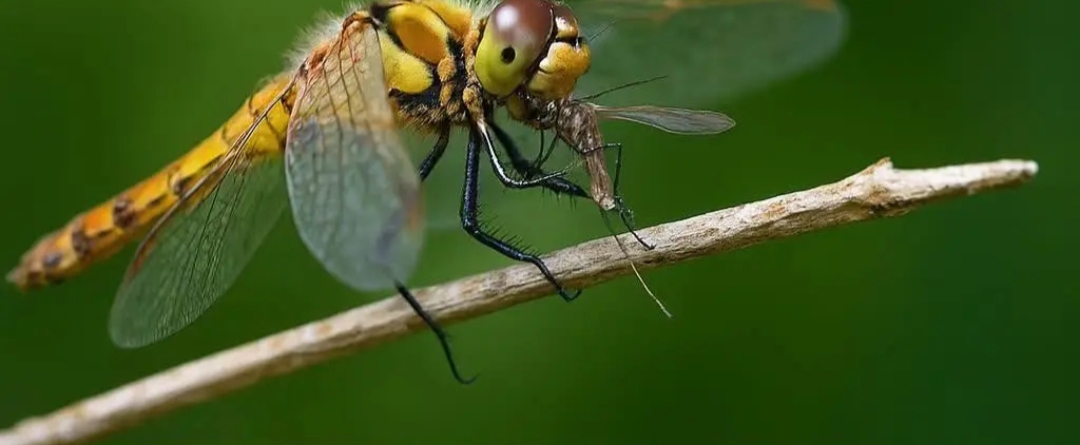Introduction and Origin
Dragonflies have graced our planet for over 300 million years, long before the first dinosaurs walked the Earth. These ancient aerial predators are more than just beautiful garden visitors—they are natural mosquito controllers. Known for their agile flight and voracious appetites, dragonflies can eat hundreds of mosquitoes in a single day, making them a gardener’s best friend.
Cultural Significance
In many cultures, dragonflies symbolize change, transformation, and adaptability. In Japanese folklore, they represent strength and courage, while Native American tribes often associate them with swiftness and purity. Beyond symbolism, their role in ecological balance makes them a revered insect in natural pest control and biodiversity conservation.
Ingredients Quantity
To attract dragonflies, you don’t need traditional “ingredients,” but rather, the right mix of plants and water sources in your garden:
- 1–2 clumps of Cattails – for breeding areas and shelter
- 2–3 Water Lilies – resting platforms for adults
- 1 patch of Blazing Star (Liatris) – attracts insects dragonflies feed on
- 2–4 Lantana bushes – colorful blooms for nectar and insect attraction
- 1–2 Joe-Pye Weed plants – pollinator magnet
Optional Additions
- Small garden pond or water feature – essential for dragonfly reproduction
- Flat stones – offer basking areas for sun-loving dragonflies
- Avoiding pesticides – ensures a healthy environment for both dragonflies and their prey
Tips for Success
- Place water features in sunny areas.
- Avoid using chemical insecticides that can harm dragonflies and their food sources.
- Ensure pond edges are shallow to support nymph emergence.
- Maintain a variety of blooming plants throughout the growing season.
Instructions
- Create or maintain a clean water source, such as a pond or birdbath. Add aquatic plants like water lilies and cattails.
- Plant dragonfly-friendly flowers in clusters around your water source.
- Allow for a mix of sun and shade in your garden to support diverse plant and insect life.
- Avoid chemical sprays, letting nature manage your mosquito problem.
- Provide perching spots such as twigs or plant stems for dragonflies to rest and hunt.
Description
Dragonflies are expert fliers with long, slender bodies and multifaceted eyes. Their larvae, known as nymphs, live in water and are fierce aquatic predators, feeding on mosquito larvae and other small aquatic creatures. Once matured, adult dragonflies continue their predatory ways in the air, often catching their prey mid-flight with astonishing precision.
Nutritional Information
While dragonflies themselves aren’t consumed by humans (outside of some traditional cuisines), their ecological “nutritional value” is high—they dramatically reduce populations of mosquitoes and gnats without the use of harmful chemicals. This promotes a healthier backyard ecosystem and reduces human exposure to mosquito-borne illnesses.
Conclusion and Recommendation
Encouraging dragonflies to inhabit your yard is a sustainable, beautiful, and effective way to manage mosquitoes. With the right environment—water, plants, and perches—you can naturally invite these beneficial predators into your garden.
Embracing Healthful Indulgence
Rather than relying on sprays and traps, indulge in the serenity of a biodiverse garden. Watching dragonflies dance through your backyard while silently taking care of pests is not only environmentally friendly but also emotionally rewarding. Embrace this healthful indulgence by transforming your outdoor space into a sanctuary that benefits both you and the planet.

